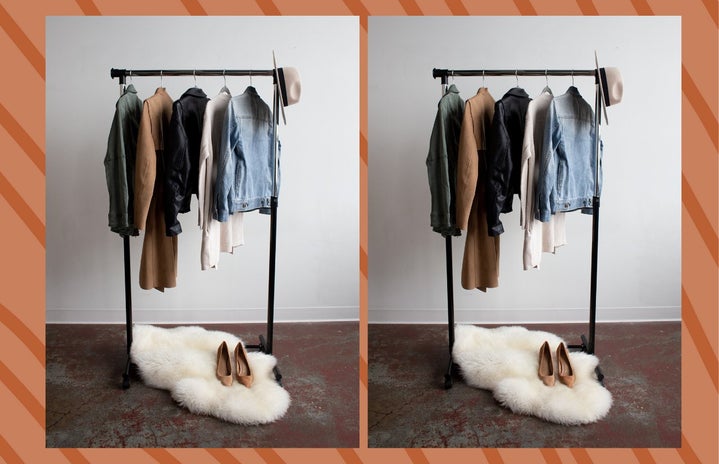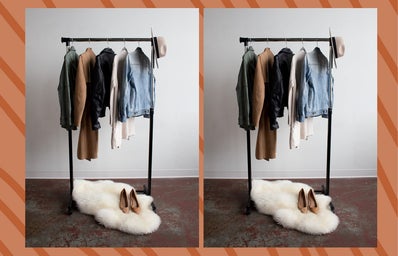This past September, the Sweden-based clothing company H&M released their fall ad campaign, “She’s a Lady.” The new advertisements depict gorgeous women-identified folks without any reservations for body shape, size, sexuality, or race. The upfront message aims to break stereotypes of femininity and embrace womanhood in all forms.
Huffington Post described the campaign as “badass” and “feminist,” but the advertisements’ hidden messages tell us H&M has intentions that are far from valiant.
Little do us United States dwellers know, garment workers manufacturing the clothing in Southeast Asian factories where H&M sources most of their products are being paid less than half of what’s considered a living wage in that area. To make matters worse, picking up a second job is impossible when they’re already working a minimum of nine hours and sometimes even up to 17 hours a day, far exceeding the limit H&M claims to allow for overtime.
Workers describe the conditions to be “humid, hot, noisy, poorly lit” and “with scarce, if any, ventilation.” There were also reported “uncontrolled and uninformed use of chemicals, excessive dust, lack of preventative education and little availability of personal protective equipment.” As if borderline sweatshop conditions weren’t enough, female employees are consistently exposed to verbal, physical, and sexual harassment and abuse. A majority of the employees working at H&M are women, so this became an even bigger issue when it was reported that women were fired upon becoming pregnant or having a child. This means these employees feel forced to have abortions in order to keep working to support themselves, or endangering their own lives by working throughout their entire pregnancy.
While H&M relies on what’s essentially slavery to manufacture their clothes, they leech off of social trends to market them. Most fast fashion giants use tall, thin, white women to advertise their clothing, as they have been for years. Over the last decade, media-portrayed beauty standards have been critiqued and picked to shreds, so body positivity is all the rage right now and H&M is using it to their advantage. However, despite some of the ads portraying curvy, plus-sized women, H&M has notoriously removed plus size products from many of their stores.
The hypocrisy raises concern for the more altruistic activists, whether it’s factory workers in Cambodia protesting for their right to safety, or unconventional beauty standards taking over the modeling industry.
H&M clearly didn’t get the memo: Body positivity is a movement, not a trend.

